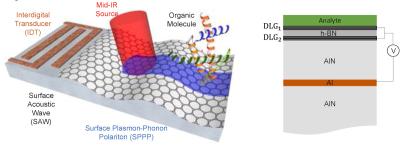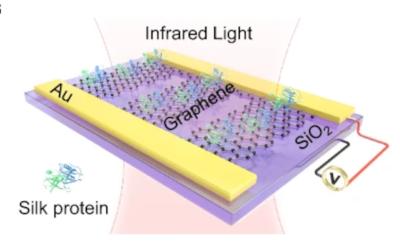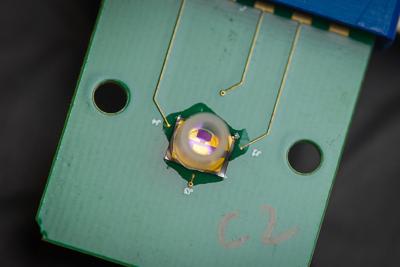Researchers use graphene electrodes to design neural implant capable of reading brain activity
University of California San Diego researchers have developed a neural implant capable of reading brain activity that could advance research into creating a brain-computer interface (BCI) without being overly invasive.
The new implant consists of a thin transparent strip made of a polymer with several graphene electrodes 20 micrometers in diameter, each of which is connected to a circuit board via tiny wires. The strip sits on the surface of the brain allowing it to detect neural activity consisting of electrical activity and calcium activity. Unlike previous methods, the chip allows scientists to conduct longer experiments without the need to have a subject fixed in place under a microscope.


